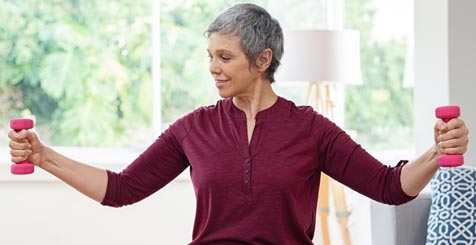When you’re dealing with a painful musculoskeletal (MSK) condition, exercise might seem like an unrealistic goal at times. But getting active can help with pain management, with the benefits for arthritis and other MSK conditions including the easing of symptoms. There are plenty of options to get started – here are 10 ways to get active with an MSK condition…
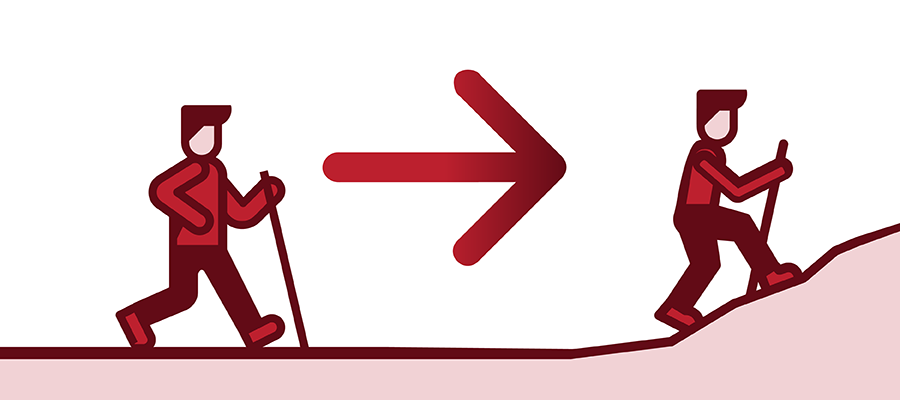
- Start small and build up
You don’t need to embark on a massive, complicated programme unless you want to, the main thing is to do more than you were before. It’s fine to start small with five or ten minutes a day spent on doing the sort of exercise you enjoy, then build from there, aiming to reach a goal of 30 minutes or more of moderate exercise each day. To check if you’re exercising at the right level, as a guide, you should able to talk but not sing!

- Start with stretching
If you’re very wary, mild stretching is a good place to start – hold each stretch for 30 seconds. If you feel pain or your muscles start to shake, you’re stretching too hard and should ease back. The stretches should feel comfortable and leave you feeling more mobile afterwards.
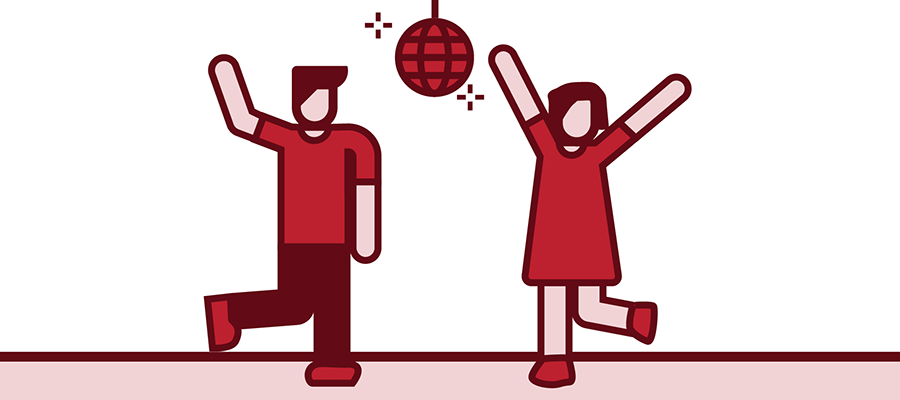
- Try group activities
Whether it’s walking, yoga, cycling, swimming, aqua aerobics, rowing, gardening, dance or tai chi, there are plenty of activities to choose from. Look for a class or club near you that appeals and is geared up to the right level. If you’re unsure, speak to the instructor or organiser first to reassure yourself that it’s right for you.
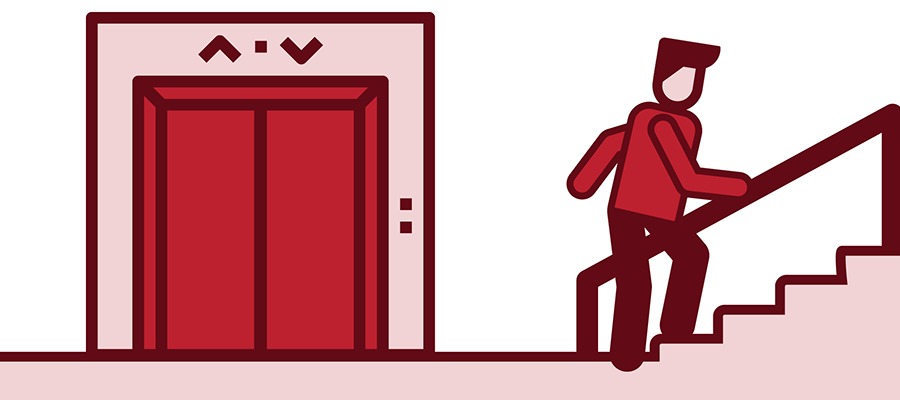
- Adjust everyday activities
Not ready to embark on organised activity? Try adapting your normal routine. For example, take the stairs, not the lift, park a little further from the shops or leave the car at home when you take local trips. Use a wearable fitness device to increase your daily step count or get an app to encourage yourself.
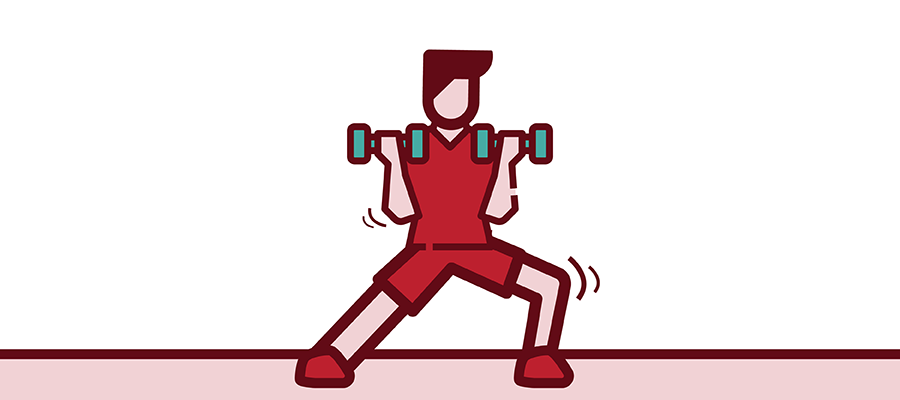
- Plan in strengthening exercises
Whether at the gym or at home, strengthening exercises are a straightforward way to move your body more. Aim for three sets of 10 repetitions at least twice a week. You can build up the number of repetitions if 10 is too many at first.
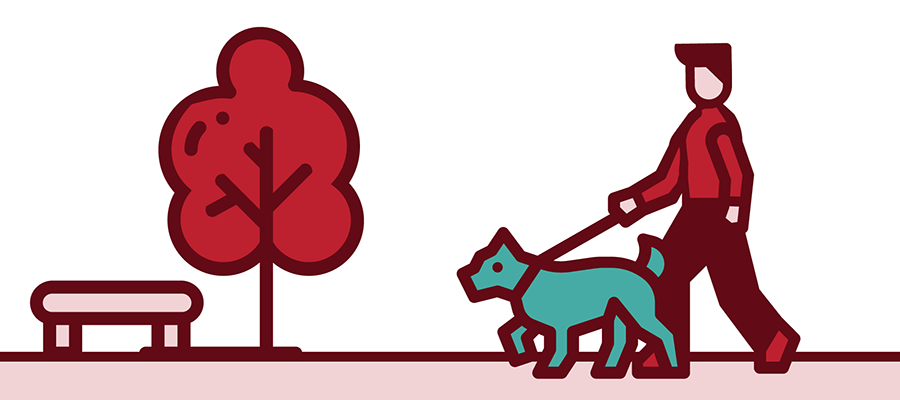
- Go for a walk
Walking is low impact, it’s free and you only need to step outside your front door to get started. As long as you’re physically able to walk, it’s the easiest way to increase your activity levels. If you need a little extra motivation, a fitness wearable that counts your steps can help bring a sense of competition as you set yourself daily goals and track your progress.

- Experiment with gentle yoga
Yoga classes can vary in their intensity, but the aim in yoga is always to listen to your body rather than comparing yourself to others – and instructors are always sensitive to every individual’s physical situation. Whether you choose to try a class or experiment at home with the help of DVDs or online videos, the important thing is to focus on positioning your body correctly rather than achieving the most extreme stretch. The beauty of yoga is that even if the physical poses seem out of reach, you can practice breathing exercises and focus on how different parts of your body feel.
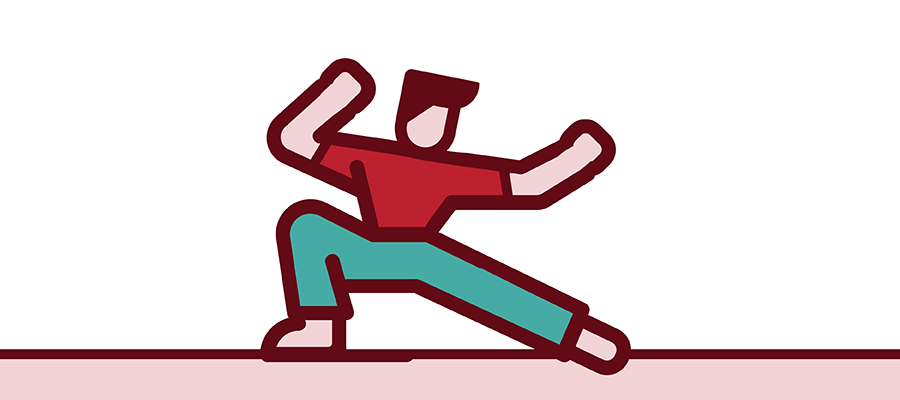
- Try tai chi
Tai chi involves very slow, controlled movements and you only need to be able to move a little to learn this absorbing form of martial art. It combines deep breathing with flowing movements and meditation – and there’s growing evidence of its benefits in helping to prevent and improve the outcomes of many conditions associated with ageing. One study showed that two sessions of tai chi a week helps to improve the symptoms of fibromyalgia Try tai chi if you struggle with pain and fatigue and you’d like to build up your strength, endurance and balance.

- Splash around at aqua aerobics
Exercising in water helps you to bear your body’s weight with less effort, making the whole process easier and taking the strain off your joints. If you find swimming too tiring or boring, doing an aqua aerobics class is an enjoyable way to give your body a gentle work out. It’s impossible to take yourself too seriously when you’re exercising in water, so you’ll come away feeling more lighthearted as well as looser and more relaxed.

- Get gardening
Any activity around the house is good for you, and gardening has the added advantage of getting some fresh air and sunshine, as well as creating a pleasant space to enjoy outside. Gardening will lift your mood as well as providing convenient exercise – just remember to listen to your body and split out the heavier tasks over a few days rather than overdoing it.
Now that you have plenty of ideas, what will you try first? Let us know how you get on, we love to hear your stories!
Medical information. This is provided for informational purposes only and is not meant to be a substitute for advice by a doctor or other qualified healthcare professional. Patients should not use the information on the Active Patients website for diagnosing a health or fitness problem or disease. Patients should always consult with a doctor or other health professional for medical advice or information about diagnosis and treatment. Never ignore professional medical advice because of something you have read on Active Patients.





